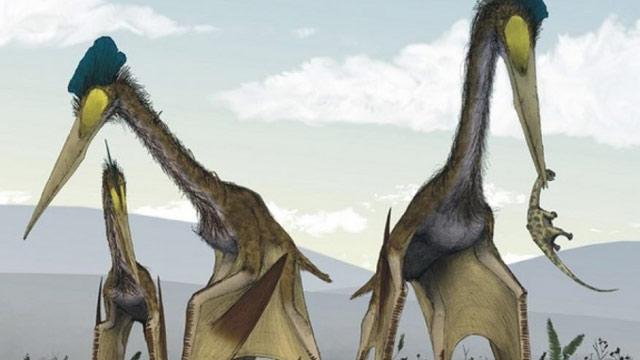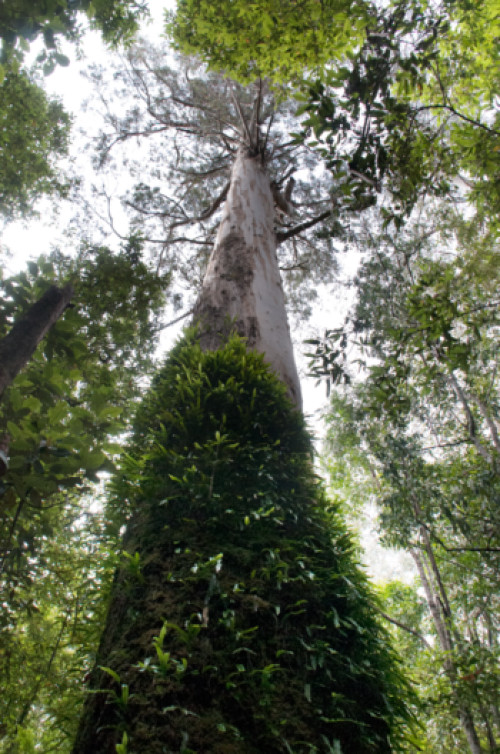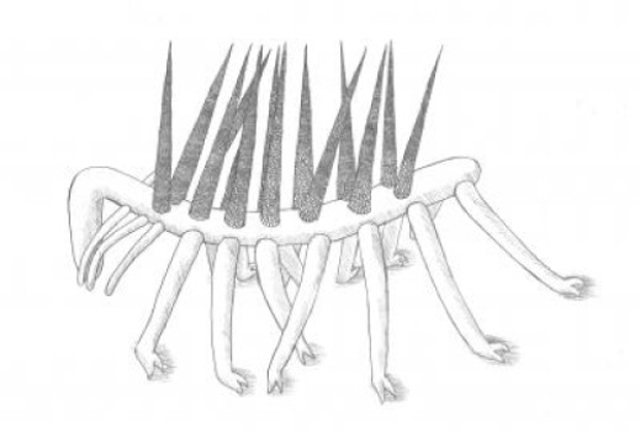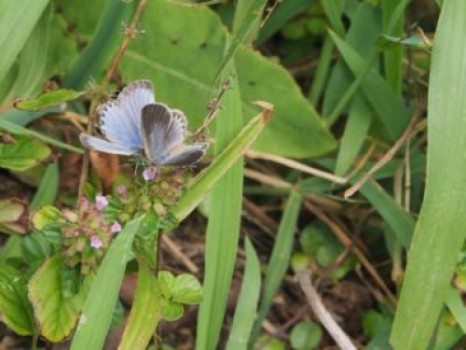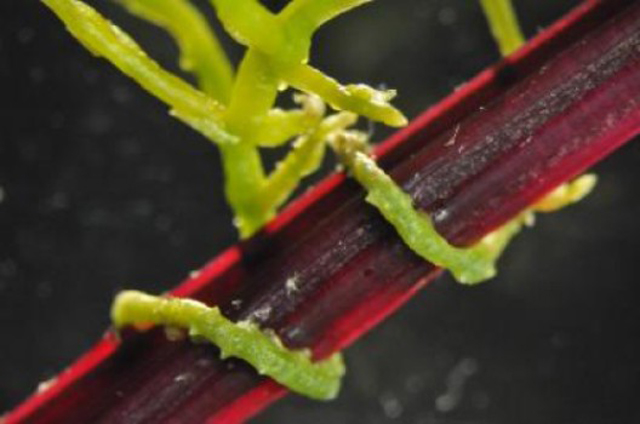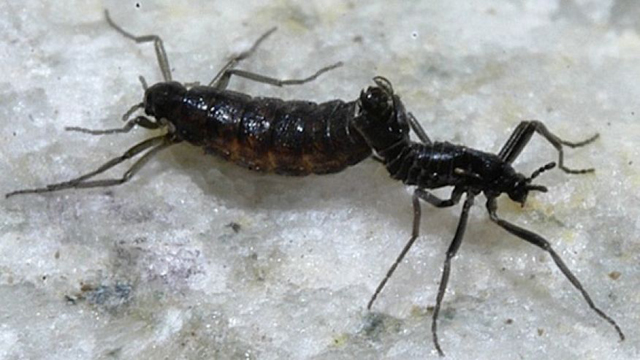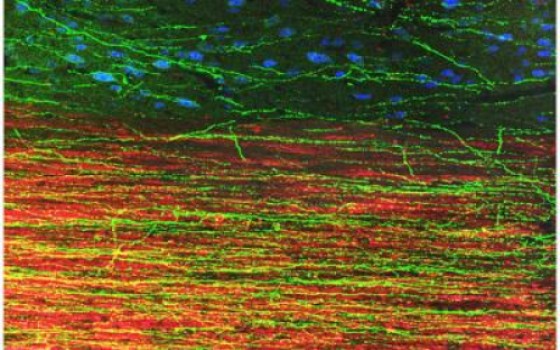Giant toothless pterosaurs with wingspans stretching 39 feet across ruled the skies 60 million years ago, and new research suggests that these ancient flying creatures once had a worldwide presence, and likely played an important role in the Late Cretaceous ecosystem. Despite their formidable size, the pterosaurs in the Azhdarchidae family had no teeth. The new…
Read more
Ancient toothless pterosaurs once dominated the world’s skies
